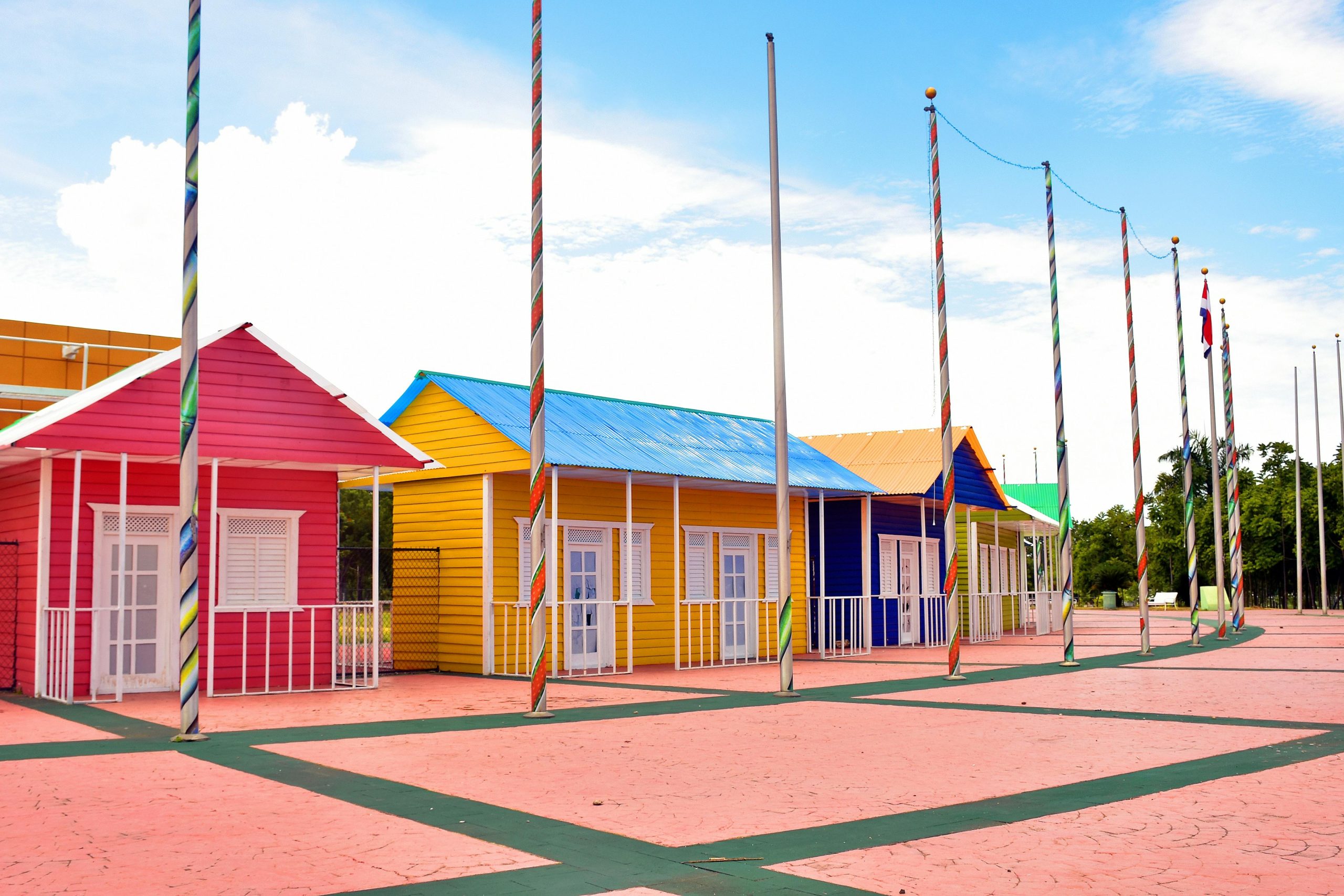
The landscape of website design is ever-changing, constantly adapting to technological advancements, user preferences, and aesthetic influences. Over the years, website design trends have evolved significantly, reflecting the dynamic nature of the internet and its role in shaping our digital experiences. This essay explores the journey of website design trends, from the early days of the World Wide Web to the present, highlighting key shifts in style, functionality, and user experience.
- The Dawn of the Web:
In the early 1990s, the World Wide Web emerged as a new frontier for communication and information dissemination. During this nascent stage, websites were basic and rudimentary, characterized by static HTML pages, minimal graphics, and a predominantly text-based interface. The primary focus was on functionality rather than aesthetics, as the web was still in its infancy, and designers were grappling with the technical constraints of the time.
- The Rise of Flash and Multimedia:
As internet speeds increased and technology advanced, the late 1990s and early 2000s witnessed a shift towards more visually dynamic websites. The advent of Flash technology allowed designers to incorporate multimedia elements, animations, and interactive features, ushering in an era of creativity and experimentation. Flash-based websites became popular for their engaging presentations, although they were not without drawbacks, such as longer loading times and accessibility issues.
- Minimalism and User-Centric Design:
The mid-2000s saw a reaction against the visual excesses of the previous era, giving rise to the minimalist design movement. Influenced by principles of simplicity, clarity, and functionality, websites embraced clean layouts, ample white space, and a focus on user-centric design. This shift was not only an aesthetic choice but also a response to the growing importance of user experience (UX) as a key determinant of a website’s success.
- Responsive Design and Mobile Optimization:
With the proliferation of smartphones and tablets, the need for responsive design became paramount. Designers began creating websites that could seamlessly adapt to various screen sizes, ensuring a consistent and user-friendly experience across devices. Mobile optimization became a critical aspect of web design, reflecting the changing habits of users who increasingly accessed the internet on the go.
- Scrolling and Parallax Effects:
In the era of single-page websites, scrolling gained prominence as a design feature. Long-scrolling websites became popular, enabling a more immersive and storytelling-oriented user experience. Parallax scrolling, in particular, added depth and dynamism to web pages, creating visually captivating narratives as users scrolled through content.
- Flat Design and Material Design:
The mid-2010s witnessed the rise of flat design, characterized by minimalist aesthetics, vibrant colors, and the absence of shadows or gradients. This design trend was epitomized by the release of Microsoft’s Windows 8 and Apple’s iOS 7. Simultaneously, Google introduced Material Design, which emphasized the use of tactile surfaces, bold graphics, and intentional motion to create a more realistic and intuitive user experience.
- The Age of Microinteractions and Microanimations:
In recent years, there has been a growing emphasis on microinteractions and microanimations as tools for enhancing user engagement. These subtle design elements, such as button animations, hover effects, and transitions, contribute to a more polished and enjoyable user experience. As technology advances, designers continue to explore ways to integrate these microinteractions seamlessly into their creations.
- Dark Mode and Accessibility:
Driven by both aesthetic preferences and a desire to reduce eye strain, dark mode has become a prominent design trend. Popularized by major operating systems and applications, dark mode not only offers a visually appealing alternative but also addresses accessibility concerns, providing users with the option to customize their experience based on individual preferences and needs.
The evolution of website design trends reflects a fascinating journey marked by technological innovations, changing user expectations, and shifts in aesthetic preferences. From the basic HTML pages of the early web to the immersive and interactive experiences of today, designers have navigated a dynamic landscape, constantly pushing the boundaries of creativity and functionality.
As we move into the future, the evolution of website design is likely to continue, shaped by emerging technologies, cultural influences, and an ongoing commitment to enhancing the user experience on the digital frontier.






